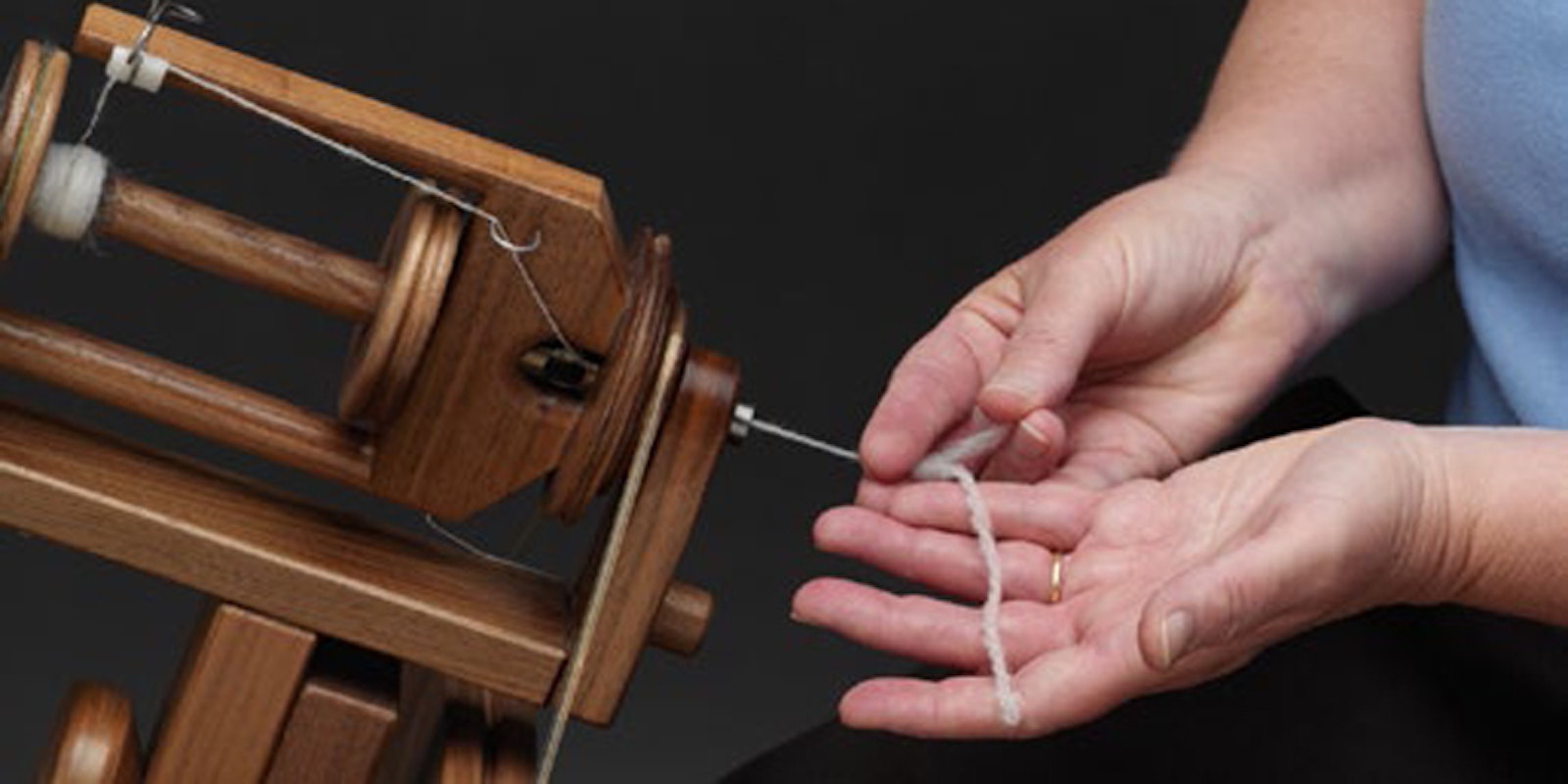
You start spinning in earnest and suddenly you are making yarn! It's a great feeling—that fiber magically transforming right before your eyes in your hands. As you gain confidence in your ability to make a handspun yarn that both sticks together and is reasonably consistent, you may decide that you'd like to try making different types of yarn.
You may have heard terms bandied around by other spinners to describe the yarn they are making and the techniques they use to achieve those yarns. Whether you're just beginning spinning or have been spinning for decades, the terminology for different types of yarn can sometimes get confusing—are you spinning a semiworsted or a semiwoolen yarn, and does it really matter? Sometimes yes, and sometimes no. Here's a handy Guide to Handspun Yarn for sorting it all out.
What's Inside this FREE Handspun Yarn Guide?:
Worsted, Woolen, or Semi-Something By Rudy Amann

Do you spin worsted or woolen yarn? Don't worry if you don't know—many spinners do not know the answer! They just continue spinning the same way they did for their first successful skein of yarn. The difference between worsted and woolen yarns comes from how the fibers are prepared for spinning, the drafting technique that is used, and how twist is allowed to enter the fibers. There is general agreement among spinners about how to spin true worsted yarns and true woolen yarns. However, most of us spin something between those two types of yarn.
Woolen/Worsted R.I.P By Rita Buchanan

Often we fall back on jargon like woolen and worsted because we can't think of what else to say. Rita decided to stop focusing so much on the terminology and whether she was really achieving true worsted yarn or mastering a woolen draw. When she did, she also developed a richer vocabulary for the wonderful diversity of yarns and although she's not certain it's improved her handspun yarn, it has changed her state of mind.
Drafting Techniques By Jeannine Bakriges

Jeannine shares techniques for both short draw and long draw spinning. She particularly likes short draws for spinning slippery fibers such as silk, but for her, neither short forward nor short backward draw has a particular advantage—it's whatever works best at a given moment with given materials. She also uncovers her favorite words of advice from her spinning peers and mentors on drafting for long draw.
The Short Draw Drafting for Worsted Yarn By Carol Huebscher Rhoades

Carol Rhoades demonstrates the long-draw drafting technique to make a woolen yarn. She prepares for worsted spinning by dividing the top into manageable strips. Worsted spinning makes a smooth, dense, and lustrous yarn, with the fibers lying parallel to each other along the yarn's length. While you can use the short draw for short or long fibers, industry uses staples three inches or longer for worsted yarns.
The Long Draw Drafting for Woolen Yarn By Carol Huebscher Rhoades

Carol Rhoades demonstrates the long-draw drafting technique to make a woolen yarn. Woolen spinning makes a lofty, insulating yarn, with long and short fibers intersecting randomly to create air pockets. Think light and airy throughout the process of making a woolen yarn.
Happy spinning,


